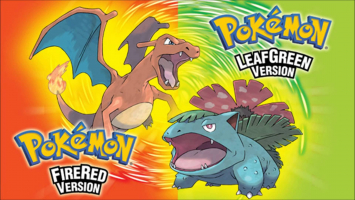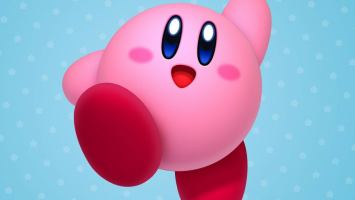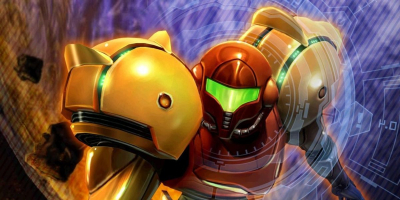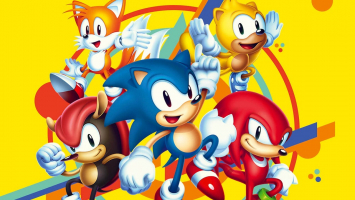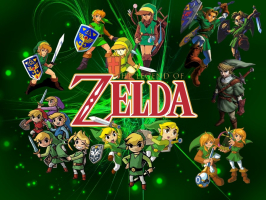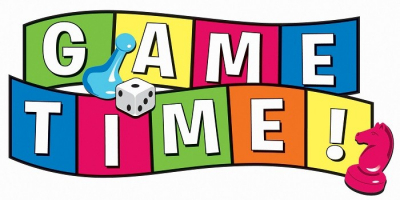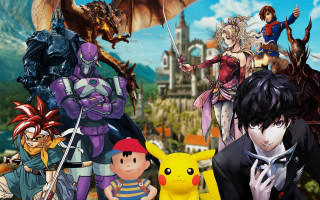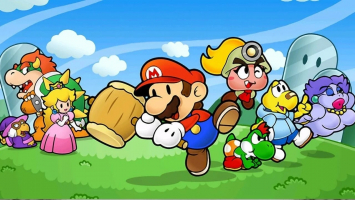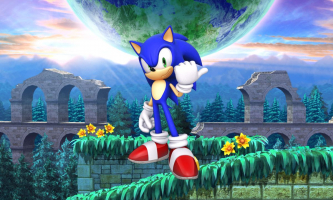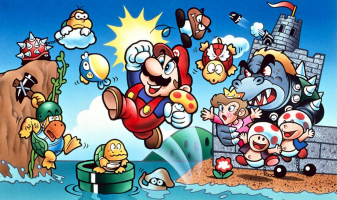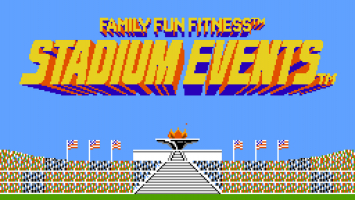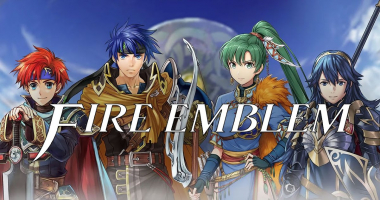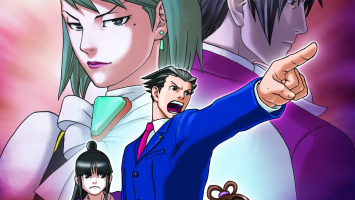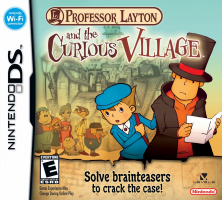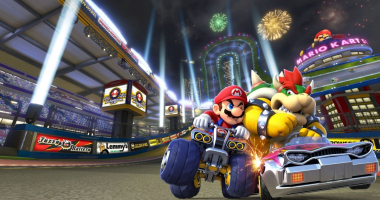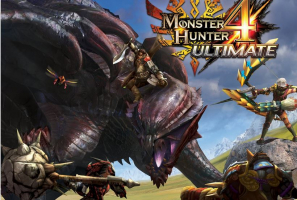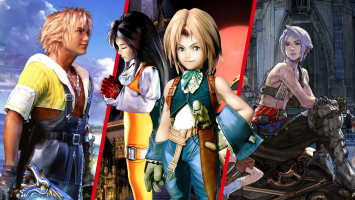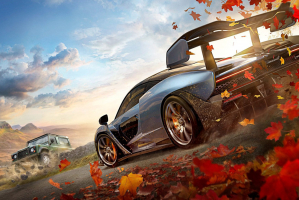Top 10 Best Arcade Games of All Time
An arcade game, sometimes known as a coin-op game, is a type of coin-operated entertainment machine that is commonly seen in public places such as restaurants, ... read more...bars, and amusement arcades. The darkly lighted, chirruping dens of arcade cabinets, the genesis of all contemporary video gaming, were fascinating places for adventurous gamers. They provided gaming experiences that could not be found anywhere in their prime, whether it was before the home console revolution or during the lengthy periods when purpose-built arcade machines greatly outshone the capabilities of their living room siblings. The finest arcade games of all time are listed here.
-
Shigeru Miyamoto invented the Donkey Kong video game franchise. It recounts the exploits of an ape named Donkey Kong and his ape and monkey tribe. The brand is mostly comprised of platform games, which began as single-screen action-puzzle games and subsequently evolved into side-scrolling platformers. The first game was Donkey Kong, an arcade game released in 1981 that featured the titular character as the main enemy in an industrial construction scene and marked the debut of both the Donkey Kong and Mario characters. The game was a huge success, and two sequels were launched in 1982 and 1983.
The brand was rebooted in 1994 with the platformer Donkey Kong Country, in which Donkey Kong faces a number of anthropomorphic opponents, most notably the Kremlings, a tribe of crocodiles commanded by King K. Rool who oppose the Kongs by stealing their banana horde. Outside of the platforming genre, titles include rhythm games like Donkey Konga, racing games like Diddy Kong Racing, and edutainment games like Donkey Kong Jr. Math. Barrels, which the Kongs utilize as weapons, cars, furnishings, and accommodation, are a hallmark of the Donkey Kong franchise. As of 2022, the Donkey Kong franchise had sold over 80 million copies globally.
View Details: donkey-kong.org
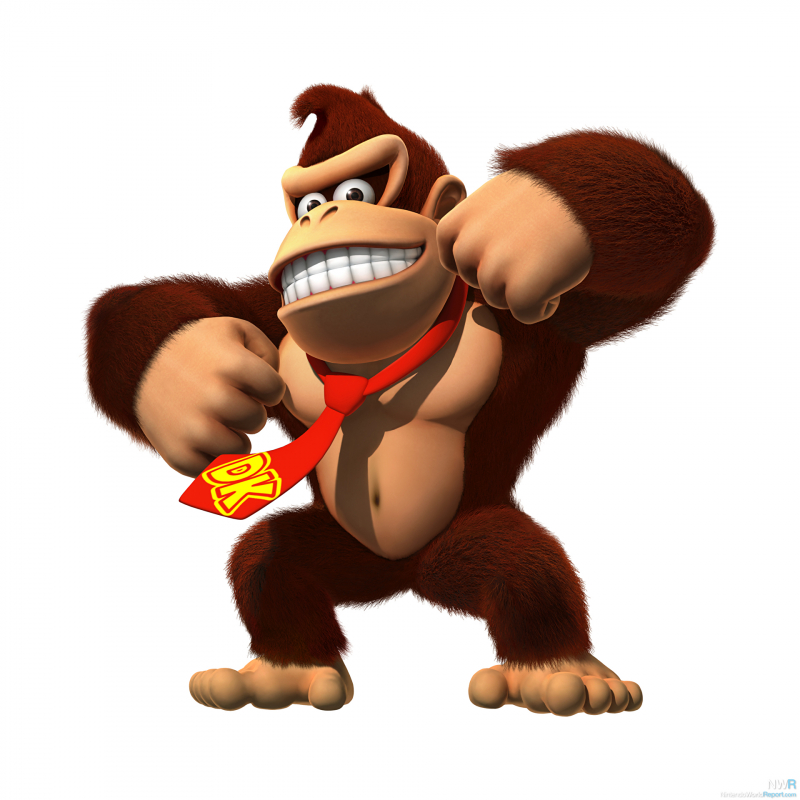
Donkey Kong 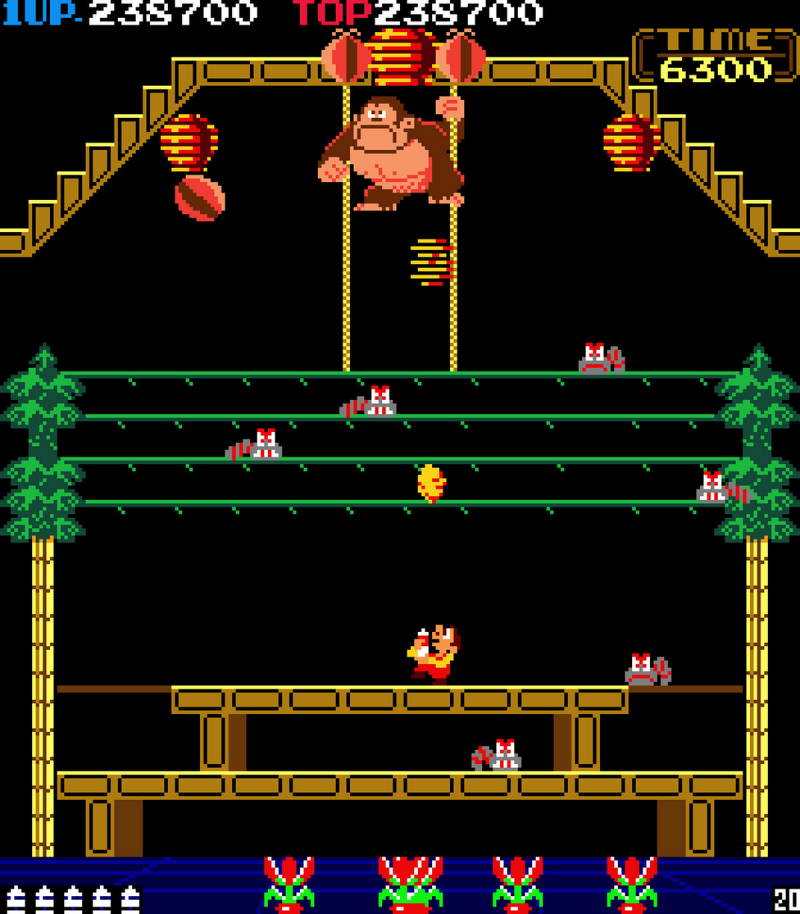
Donkey Kong -
Pac-Man is a 1980 arcade maze action video game created and marketed by Namco. Puck Man's original Japanese title was altered to Pac-Man for worldwide sales as a precautionary step against arcade machine defacement by altering the P to an F. Midway Manufacturing distributed the game in North America as part of their license deal with Namco America. The player takes control of Pac-Man, who must consume all of the dots inside an enclosed maze while avoiding four different colored ghosts. Eating giant flashing dots known as "Power Pellets" momentarily turns the ghosts blue, allowing Pac-Man to devour them for additional points.
The game's development began in early 1979, with a nine-man team led by Toru Iwatani. Iwatani intended to make a game that would appeal to both men and women because most video games at the time focused on war or sports. Although the picture of a pizza with a piece missing inspired the Pac-Man design, Iwatani has stated that he also completed the Japanese character for the mouth, kuchi. To appeal to younger players, the in-game characters were designed to be charming and bright. Puckman's original Japanese moniker was inspired by the main character's hockey-puck form, and he is now Bandai Namco Entertainment's mascot and flagship emblem.
View Details: pacman.cc
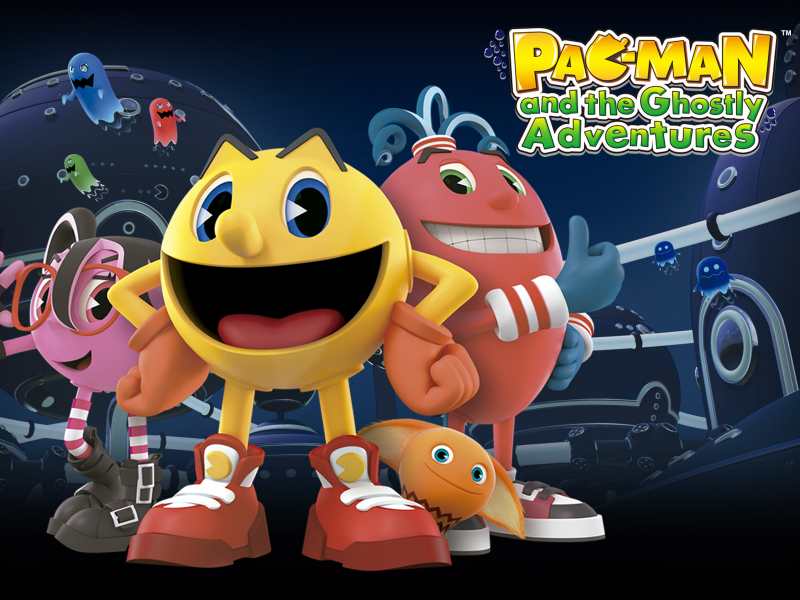
Pac-Man 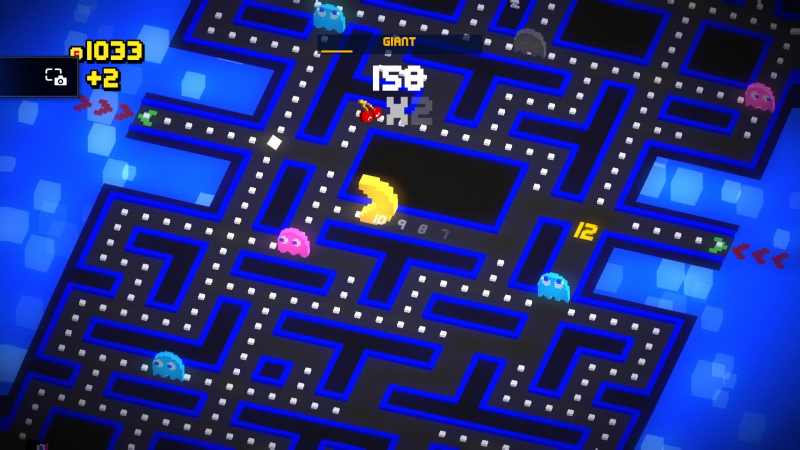
Pac-Man -
Ms. Pac-Man is a labyrinth arcade game created by General Computer Corporation and released by Midway in 1982. It is the first sequel to Pac-Man (1980), as well as the first entry in the series not produced by Namco. The player takes control of the titular character, Pac-wife, Man, and must consume all of the pellets in an enclosed maze while avoiding four different colored ghosts. When the player consumes the larger "power pellets", the ghosts turn blue and flee.
Crazy Otto, a modification kit for the original Pac-Man, was created by General Computer. Due to past legal action with Atari, GCC was compelled to pitch the proposal to Midway, Pac-North Man's American distributor. Midway bought the concept and hired GCC to utilize it as the foundation for the Pac-Man sequel. The game's name was considered several times, including Super Pac-Man, Miss Pac-Man, and Mrs. Pac-Man, but the final name was picked because it was simpler to say. While work began without Namco's approval, company president Masaya Nakamura was called in and offered suggestions on the design of the player character. The business eventually received the same royalties on each cabinet as they did on Pac-Man.
View Details: mspacman1.com
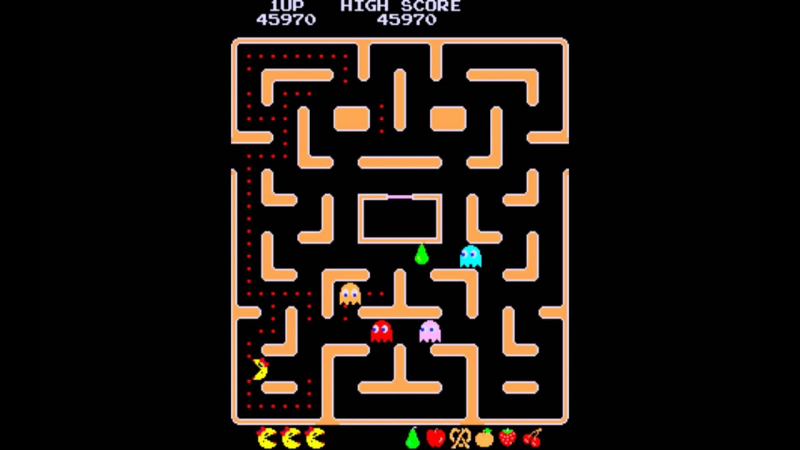
Miss Pac-Man 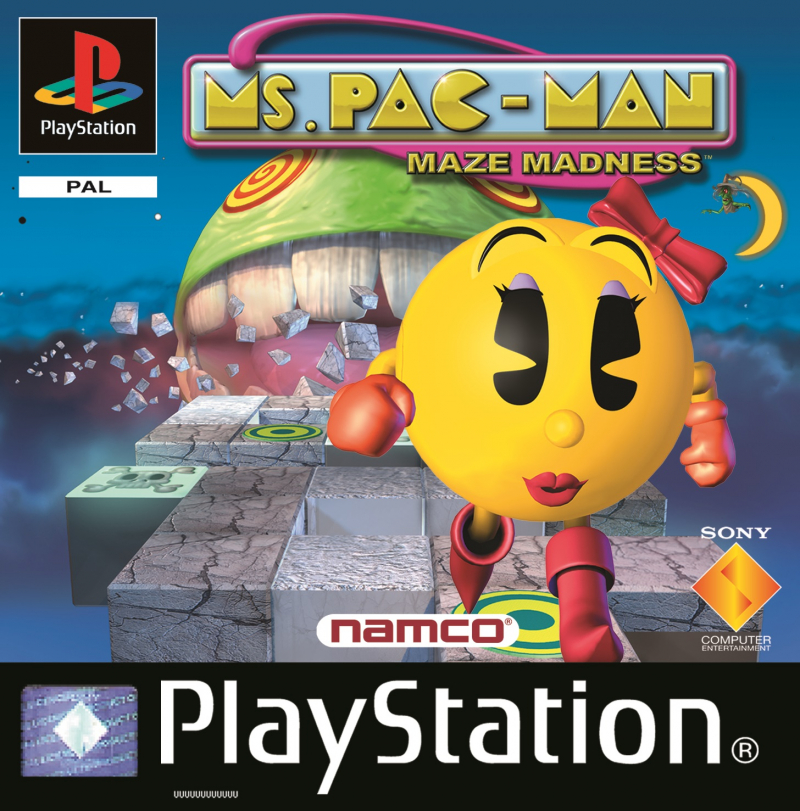
Miss Pac-Man -
Mario Bros. is a platform game developed and released by Nintendo for arcades in 1983. Shigeru Miyamoto and Gunpei Yokoi, Nintendo's top engineers, created it. Mario and Luigi, Italian twin brother plumbers, destroy critters coming from the sewers by knocking them upside-down and kicking them away. Intelligent Systems' debut game was for the Famicom/Nintendo Entertainment System. It is a part of the Mario brand, although it started out as a Donkey Kong spin-off.
Critics praised both the arcade and Famicom/Nintendo Entertainment System versions. Mario Bros. elements such as spinning extra coins, turtles that can be turned onto their backs, and Luigi were carried over to Super Mario Bros. and became series classics. All of the Super Mario Advance series and many other titles offer an enhanced version of Mario Bros. as a mini-game. Mario Bros. has been re-released on later platforms via Nintendo's online shops.
View Details: supermariobros.io
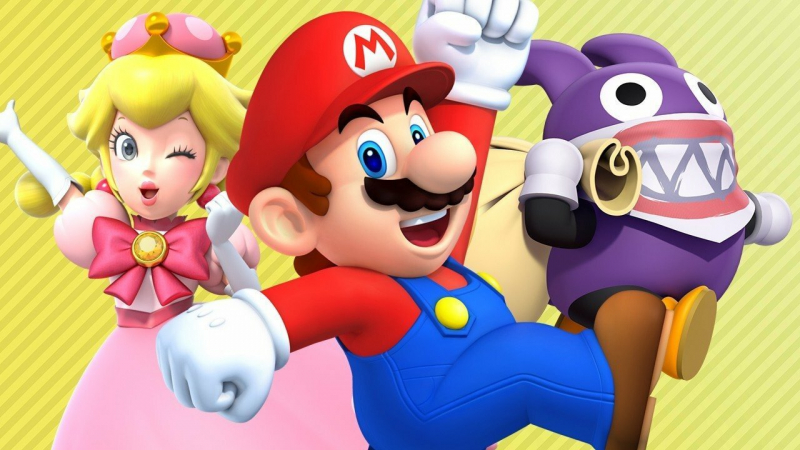
Mario Bros 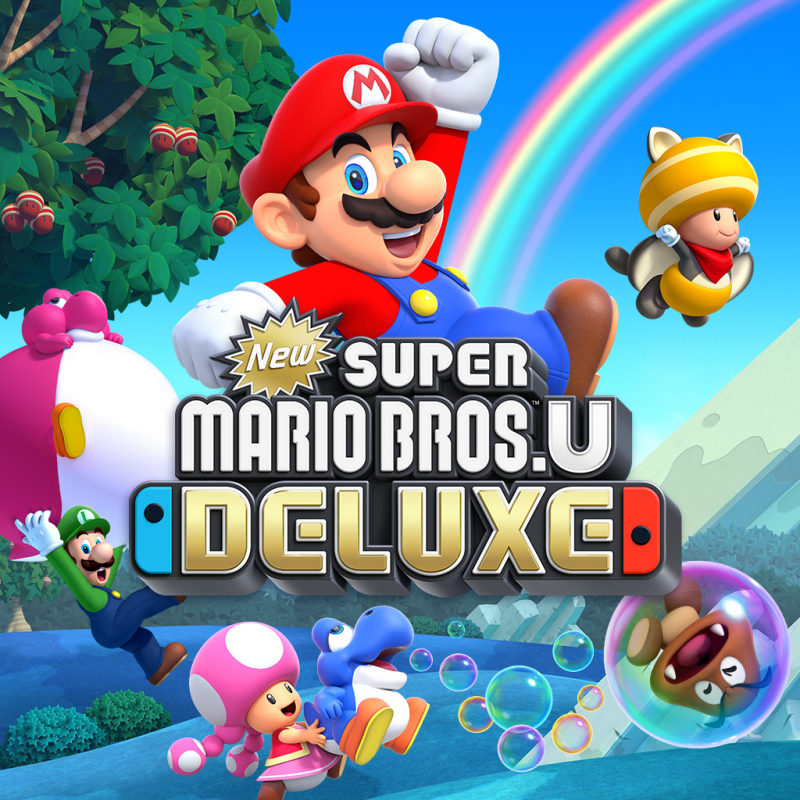
Mario Bros -
Missile Command is a shoot 'em up arcade video game released in 1980 by Atari, Inc. and licensed to Sega for Japanese and European distribution. Dave Theurer designed it, as did Atari's vector graphics game Tempest from the same year. Developed during the Cold War, the player controls a trackball to shoot anti-ballistic missiles from three locations to protect six cities against intercontinental ballistic missiles. Beginning with the 1981 Atari VCS port by Rob Fulop, which sold over 2.5 million copies, Atari brought the game to its home systems. There were several contemporaneous clones and current remakes that followed. Missile Command is included in the 1987 Atari XEGS, an 8-bit household computer repackaged as a gaming console.
An unending barrage of ballistic missiles attacks the player's six cities, some of which splinter into many individually targetable reentry vehicles. Later stages offer new weaponry such as smart bombs that can avoid a less-than-perfectly aimed missile and bomber planes and satellites that fly across the screen releasing their own missiles. As the regional commander of three anti-missile batteries, the player must prevent the destruction of six cities in their zone.
View Details: tinyurl.com/2p9c9fvn
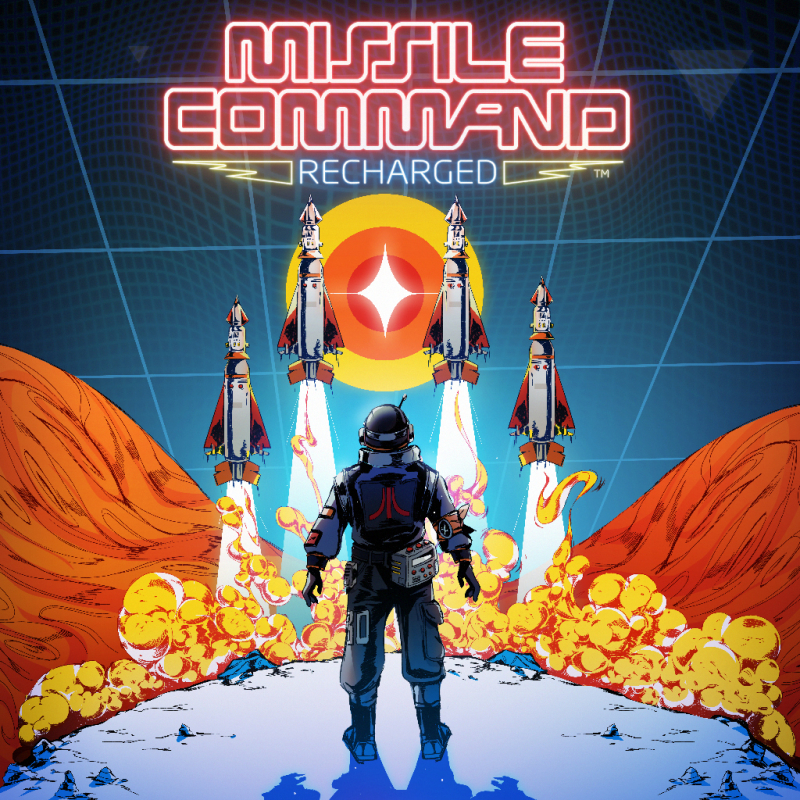
Missile Command 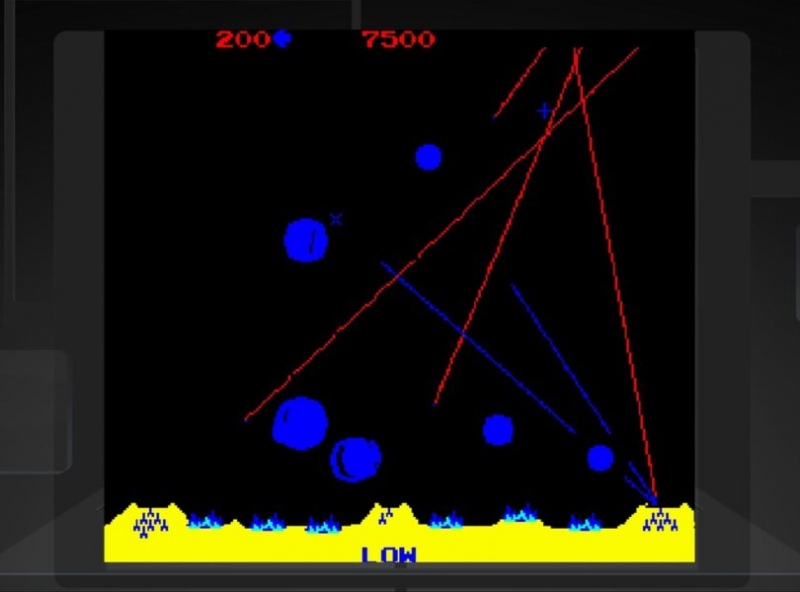
Missile Command -
Galaga is a fixed shooter arcade video game released in 1981 by Namco. Midway Manufacturing released it in North America. It is the sequel to Galaxian (1979), Namco's first significant arcade video game blockbuster. The player, who controls a spacecraft, is charged with eliminating the Galaga troops in each stage while avoiding opponents and missiles. Some foes can use a tractor beam to capture a player's ship, which can then be retrieved to change the player into a "dual fighter" with increased firepower.
With a tiny staff, Shigeru Yokoyama oversaw development. The initial planning took around two months to complete. Originally designed for the Namco Galaxian arcade board, it was moved to a different system when Namco's Research & Development section proposed it. The twin fighter mechanism was inspired by a video that Yokoyama had watched previous to development in which a spacecraft was captured utilizing a big circular beam. Namco's president Masaya Nakamura even expressed interest in the concept after hearing about it.
View Details: galaga.cc
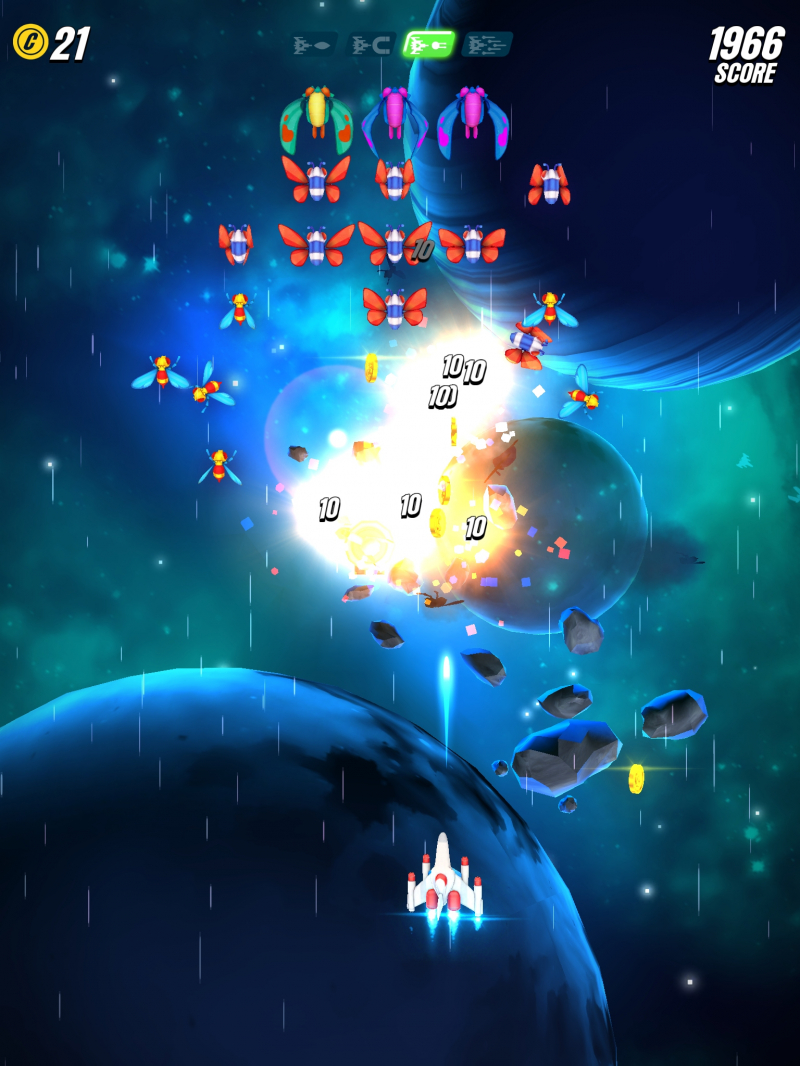
Galaga 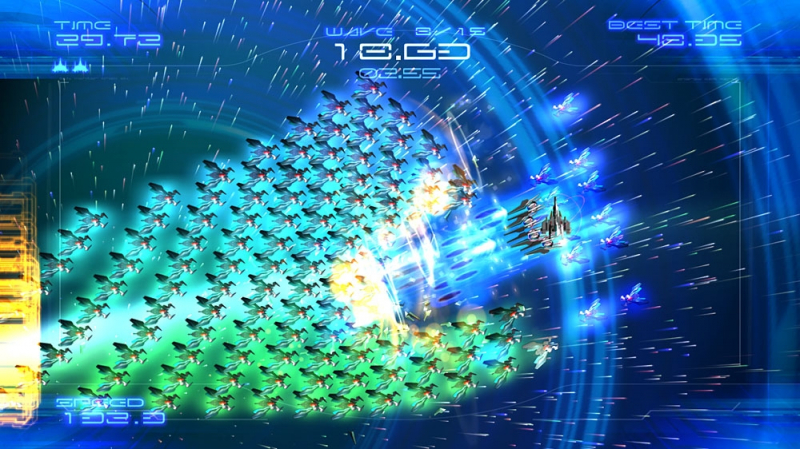
Galaga -
Robotron 2084 (commonly known as Robotron) is a 1982 arcade game created by Eugene Jarvis and Larry DeMar of Vid Kidz and distributed by Williams Electronics. The game takes place in 2084 in a fictitious universe where robots have turned against humans in a cybernetic uprising. The goal is to destroy infinite waves of robots, save survivors, and gain as many points as possible.
Robotron: 2084 was designed by Jarvis and DeMar with influences from Nineteen Eighty-Four, Berzerk, and Space Invaders. To offer the player more accurate controls, a two-joystick control scheme was built, and opponents with diverse behaviors were included to make the game more challenging. Jarvis and DeMar built the game to frighten players by presenting them with contradictory goals and bullets coming from numerous angles on-screen. Robotron: 2084 was a commercial and critical success. The game's furious action and control mechanism drew praise from reviews. Though not the first game to use a dual joystick control technique, Robotron: 2084 is credited with popularizing it.
View Details: tinyurl.com/4z2src8z
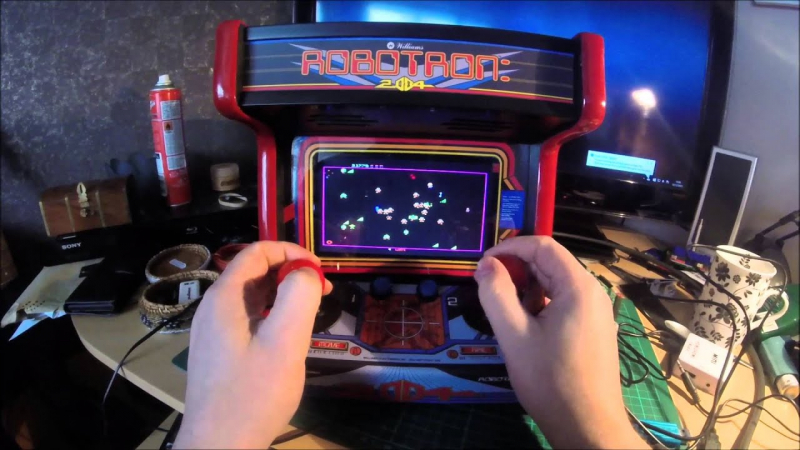
Robotron 2084 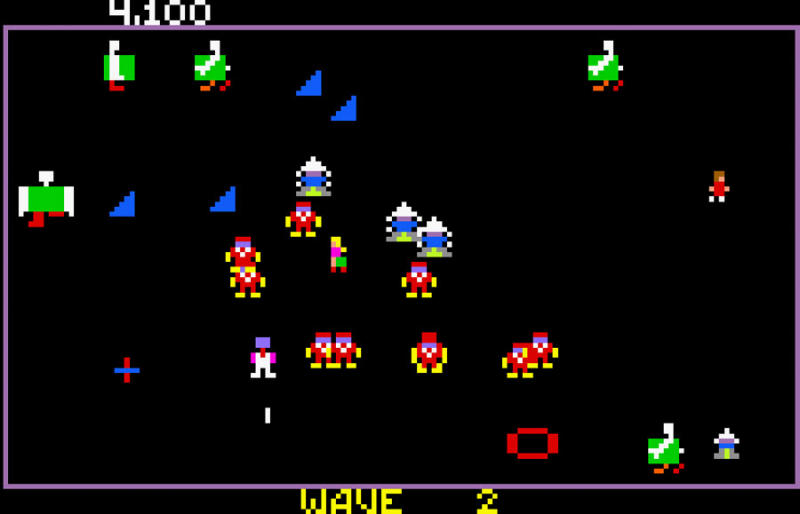
Robotron 2084 -
Capcom's Street Fighter II: The World Warrior is a fighting game that was first published in arcades in 1991. It is the sequel to 1987's Street Fighter and the second edition in the Street Fighter series. It is the fourteenth Capcom game to use the CP System arcade system board. Many of the elements established in the original game were refined in Street Fighter II, including the use of special command-based attacks, a combo system, a six-button setup, and a larger range of playable characters, each with their own fighting style.
Since the golden period of arcade video games, Street Fighter II has been the best-selling game. By 1994, at least 25 million individuals in the United States had played it. Because of its enormous success, a succession of upgraded versions with new features and characters were launched. Street Fighter II has sold over 200,000 arcade cabinets and 15 million software units worldwide, garnering an estimated $10 billion in total revenue, making it one of the top three highest-grossing video games of all time as of 2017 and the best-selling fighting game until 2019. More than 6.3 million SNES cartridges of Street Fighter II have been sold, making it Capcom's best-selling single software game for the next two decades, its best-selling game on a single platform, and the highest-selling third-party game on the SNES.
View Details: tinyurl.com/mr2ab7tm
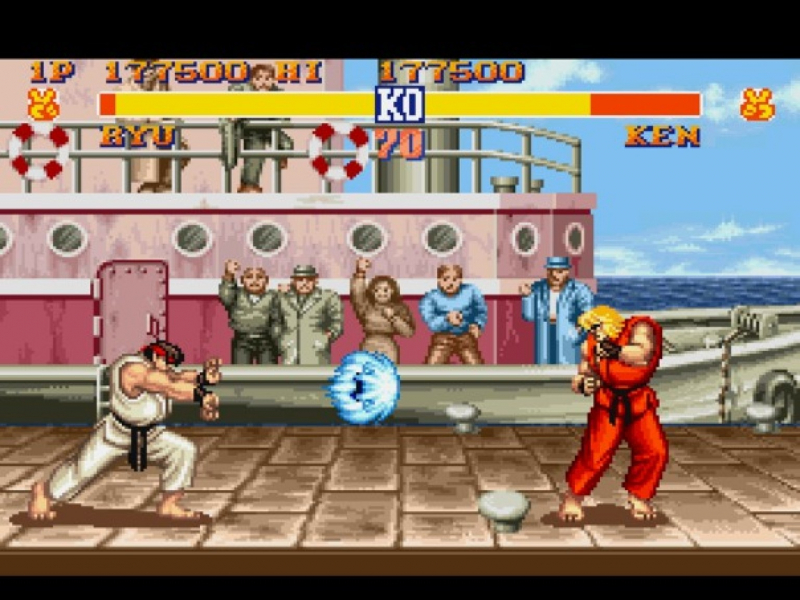
Street Fighter II 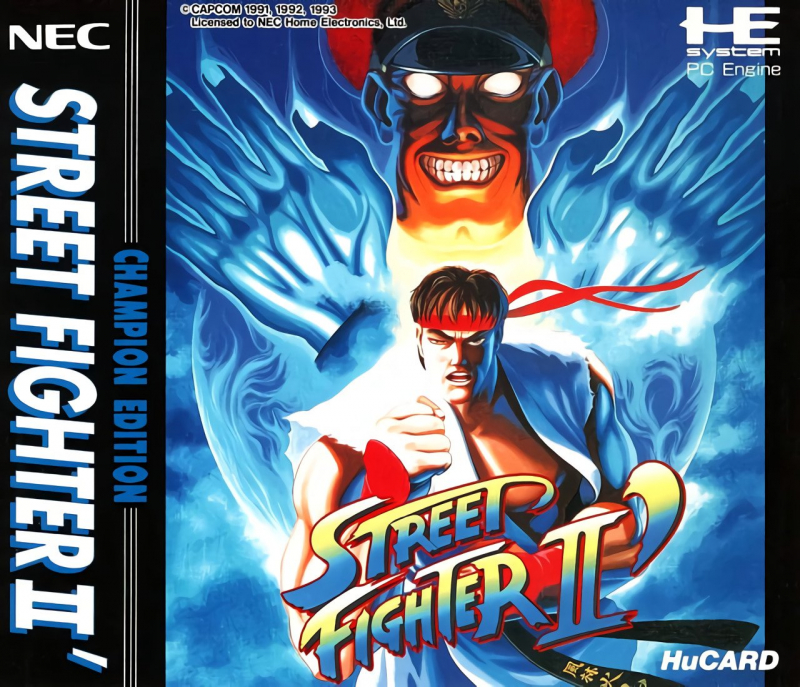
Street Fighter II -
Sega launched Golden Axe, a side-scrolling arcade beat 'em up game, in 1989. Makoto Uchida was the principal developer of the game, as well as the creator of Altered Beast. The player takes control of one of three warriors out on vengeance against the wicked despot Death Adder. Death Adder has taken over Yuria's once peaceful land and murdered their friend and partner, Alex. The game was ported to several platforms, most notably the Mega Drive/Genesis and Master System. There were several sequels.
The game revolves around three heroes. One of them is Gilius Thunderhead, a battle-axe-wielding dwarf from the mines of Would, whose twin brother was slaughtered by Death Adder's men. Another is Ax Battler, a male barbarian brandishing a two-handed broadsword who seeks vengeance for his mother's murder. Tyris Flare, a longsword-wielding amazon whose parents were slaughtered by Death Adder, is the final character. The game progresses by chopping and slicing your way through Adder's army. The protagonists' ability to unleash spells that harm all adversaries on the screen helps them in their goal. The strength of this magic is determined by the amount of "bars" of magic power that are now accessible.
View Details: tinyurl.com/47jbdza4
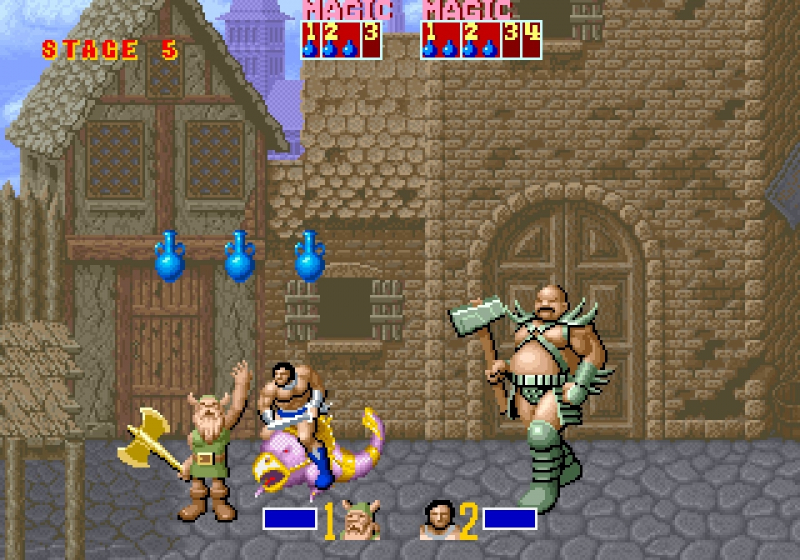
Golden Axe 
Golden Axe -
In the Sega Rally series, five games have been produced. Sega AM3 created two games, Sega created another, while Sega Racing Studio created two more. Tetsuya Mizuguchi's original game was published on the Model 2 board and quickly became popular in arcades, subsequently gaining a conversion to the Sega Saturn. This transfer was of high quality and looked far superior to PlayStation racing games of the same age. It played at a smooth 30 frames per second (25 on European PAL systems) and looked very identical to the arcade original. Non-transparent windows were used since the Saturn couldn't create transparencies in 3D visuals, the draw distance was shorter than in the arcade game, and the resolution was lower.
Sega Rally Championship 2 was published on the Model 3 board and converted to the Dreamcast in November 1998, making it one of the first Japanese Dreamcast games. The Dreamcast version, on the other hand, suffered from an inconsistent frame rate and was not as successful as its predecessor. The arcade version only had four courses, however, the port contained one to three courses for each of the five settings, all wrapped up in a 10-year championship. A PC port was then added. Sega Rally Championship 2 on DC and PC had a plethora of tuning choices for the vehicles, like as tire and suspension selection, that were not available in arcades.
View Details: tinyurl.com/4rb9k8sb

Sega Rally 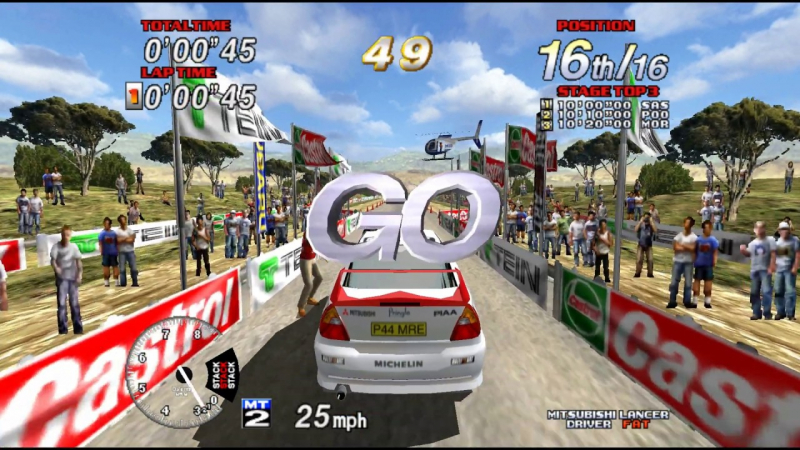
Sega Rally












